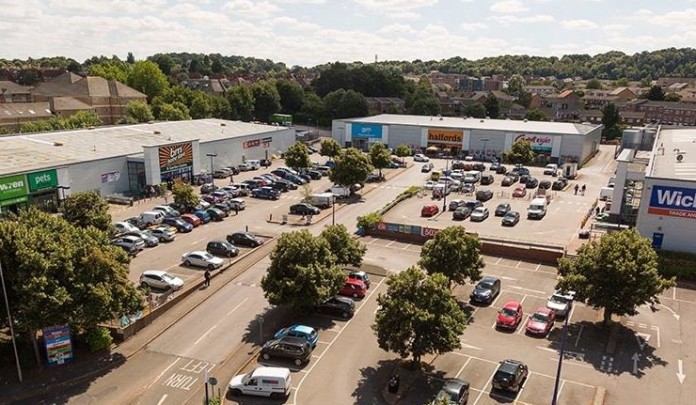Over the years, the UK out of town retail parks has been offering investors an attractive way of connecting the trends that are transforming the high street. Bidwells’ latest analysis indicates retail availability in the Golden Triangle region has doubled over the past two years, with the average availability rate standing at 7.2%.
Although there are significant challenges that retailers across the Cambridge-Oxford Growth Corridor are facing, new operators are absorbing vacated unused space in some locations, with Cambridge seeing the highest level of take-up since 2012.
The shift of a growing proportion of consumer spending undertaken online is clear and has taken its toll on the market. Rents are under pressure as retailer failures release space to the market, with the largest falls in heavy use rents which are down by 14.7% since 2016. However, structural change in another form is also emerging.
In 2018 there was a growing number of activity focused operators take up some of the slack on out of town retail parks. This is illustrated by the letting of over 18,000 sq ft to Gymfinity Kids at Stadium MK in Milton Keynes. While rental readjustments undoubtedly assist such lettings over recent years, research suggests the growth in activity operators is reinforced by consumer change.
This suggests there will be a widespread shift in the occupier base of retail parks in particular, with their ability to accommodate everything from laser tag, DJ accompanied crazy golf to climbing walls and Zombie escape rooms.
For retail parks, the demand for experience spending looks set to stay and are likely to see a broadening range of activities taking vacant retail warehouse space with rent adjustments opening up the market to a broader range of operations. However, Bidwells’ analysis suggests locational differences will emerge, with greater representation of experience occupiers in higher income locations such as the Cambridge-Oxford Arc.
Bidwells’ Research Director Sue Foxley commented into how laser tag and crazy golf DJs can make the Oxford-Cambridge Arc’s multi-generational consumers happy again.
“We are certainly seeing the combination of both flavours of a structural shift in consumer spending playing out in the Cambridge-Oxford Arc.
“Putting life experiences ahead of buying TVs and new clothes are thought to be the preserve of the millennial generation, armed with both a more enlightened view of what is important and the challenge of limited living space due to the housing crisis.
“But UK baby boomers are also showing a similar pattern of spending, albeit they may not be looking for the same experiences. According to the ONS, 50-74-year-old age group is now spending the most on recreation and culture, in large part due to lower housing costs relative to income.”






















